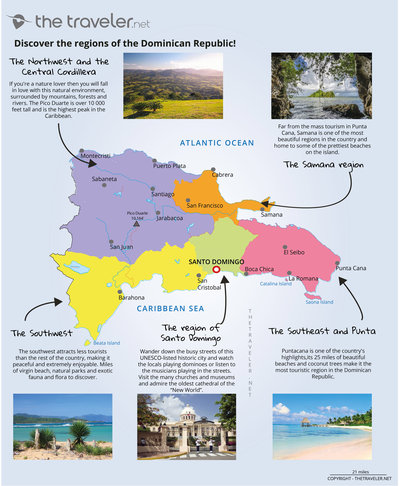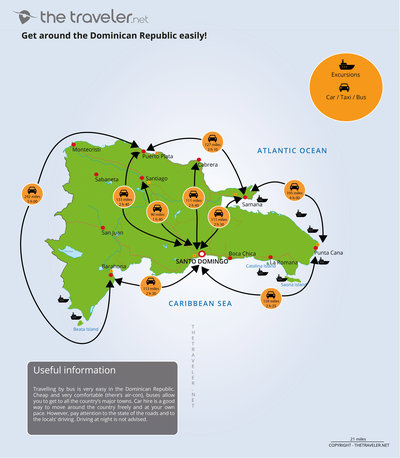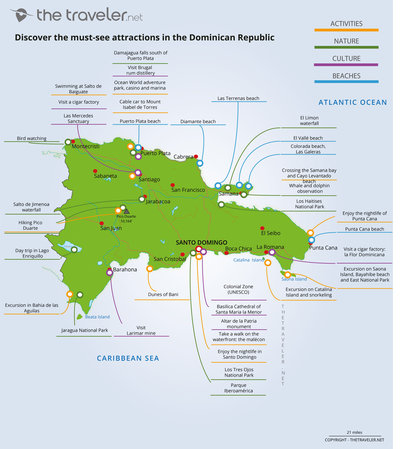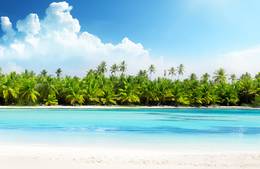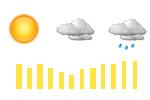Our tourist maps
Cradle of Latin America, the Dominican Republic is a sought-after destination, and not only by beach lovers! The Dominican Republic is also a paradise for nature lovers. There are numerous national parks that boast an abundance of intriguing wildlife. Of course the country also counts among one of the best Carribean islands in terms of nightlife with a unique vibe that appeals to many party-goers. As for the cultural side, Santo Domingo is the main place of interest: Known as "the oldest city of the New World", it has kept a strong colonial heritage. Discover our different maps that will help you to organise your trip and make sure you don't miss out on the best places to see.
Region map
Just like its history and culture, the Dominican Republic is a cosmpolitan country with varied landscapes. Towards the south-east, near Punta Cana, there are beautiful stretches of white sand, like Bavaro beach. Make the most of your time there to try out different water sports, discover the nightlife or sail around the neighbouring islands. Centrally located, the capital of Santo Domingo boasts a charming colonial city centre, registered by UNESCO as a World Heritage Site. The region of Samana offers untamed nature and unspoiled landscapes with waterfalls, coves and bays, great for snorkeling or whale-watching. The Cordillera Central, located towards the southwest, attracts less tourists but is just as charming.
Overview of 5 tourist regions
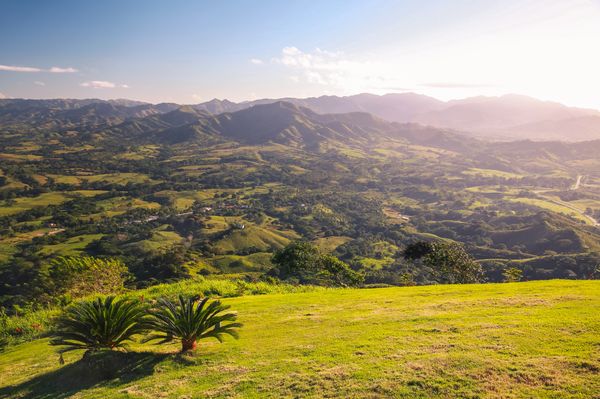
The Northwest and the Central Cordillera
If you're a nature lover then you will fall in love with this natural environment, surrounded by mountains, forests and rivers. The Pico Duarte is over 10 000 feet tall and is the highest peak in the Caribbean. The land here is abundant, in fact Santiago is known worldwide for its tobacco plantations and quality cigars. There are also lots of national parks to visit with countless hiking trails that offer exceptional views and breathtaking landscapes. Further north, discover the wild beaches that border the Atlantic Sea or take a trip to Cayo los 7 Hermanos and explore the small islands where birds and turtles find shelter.
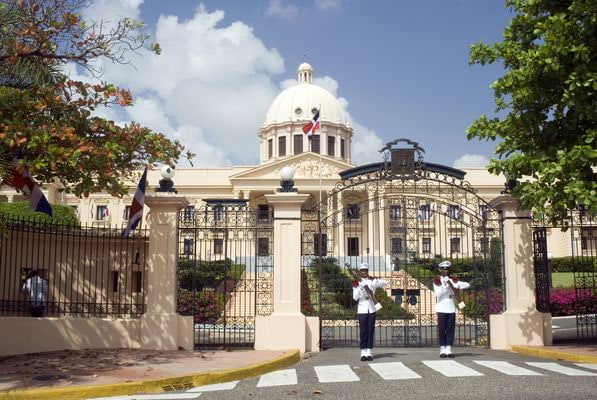
The region of Santo Domingo
Wander down the busy streets of this UNESCO-listed historic city and watch the locals playing dominoes or listen to the musicians playing in the streets. Visit the many churches and museums and admire the oldest cathedral of the “New World”. The old city now blends in with modern surroundings and various shopping centres. Don't miss one of the city's prized monuments, the Palace of Fine Arts, where you can enjoy shows and exhibitions all year round. The National Dance School and the National Folklore Ballet are among some of its prestigious schools. Head down to the Malecon, a large avenue on the seafront and enjoy a coconut water or an ice-cold beer facing the Carribean sea.
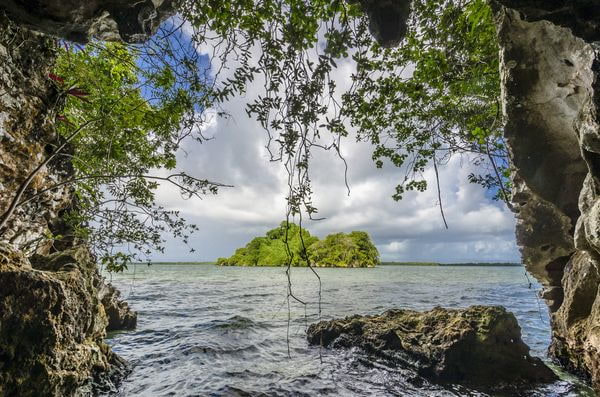
The Samana region
Far from the mass tourism in Punta Cana, Samana is one of the most beautiful regions in the country and home to some of the prettiest beaches on the island. Explore the rainforests, mangroves, caves and wild beaches in Los Haitises National Park, also known as the “Halong Bay of the Carribean”. Towering over 150 feet, the El Limon waterfall is also one of the region's main attractions. And of course, you will be able to observe the impressive humpback whaled that come to Samana Bay every winter.
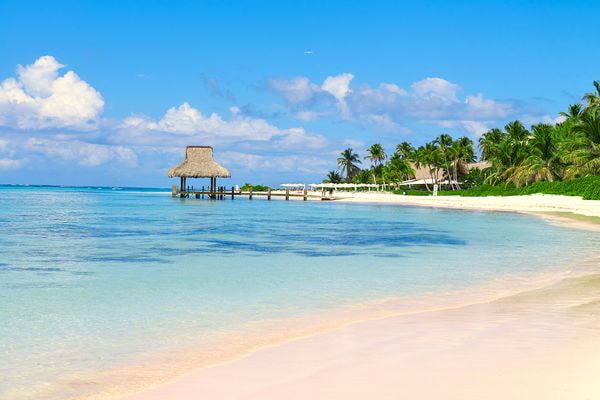
The Southeast and Punta Cana
Puntacana is one of the country's highlights and offers all-inclusive package holidays at very attractive prices. Its 25 miles of beautiful beaches and coconut trees make it the most touristic region in the Dominican Republic. Feel like partying? Punta Cana boasts fantastic nightlife with bars and clubs on every corner. There are plenty of tours to choose from including a visit to the charming Manati Park where you can observe tropical plants and exotic animals such as dophins, parrots and iguanas. You can also visit the Marinarium and other water parks. If you enjoy diving then Saona Island is one of the best places to admire the surrounding coral reefs.
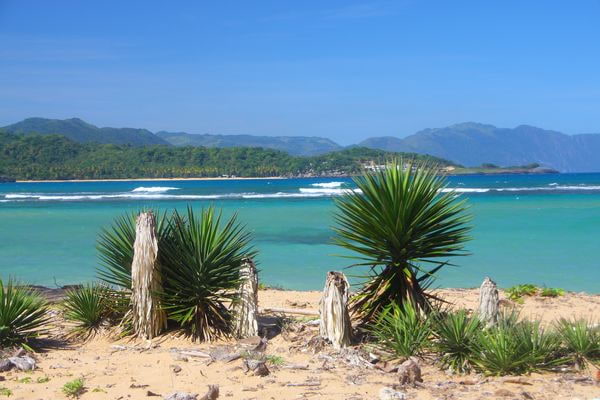
The Southwest
The southwest attracts lest tourists than the rest of the country, making it peaceful and extremely enjoyable. It would be a shame to overlook this beautiful region which has plenty to offer. Miles of virgin beach, natural parks and exotic fauna and flora to discover. The Pedernales Peninsula is home to a stunning coastline and some of the prettiest beaches on the island including Bahia de las Aguilas and Cabo Rojo. Visit the natural water reserve of Laguna de Oveido and observe the animals living in the mangroves. On the border with Haiti, head to Bani and discover a spectacular field of sand dunes, almost 15 miles long and up to 110 feet high. Barahona is also a key destination that combines both peaceful beaches and tropical wildlife.
Attractions maps
The Dominican Republic is the cradle of Latin America and combines both wild natural environments and fantastic festivals. Go back in time 500 years ago and discover Santa Domingo's colonial zone, listed as a UNESCO World Heritage Site.
Further east, the city of Punta Cana welcomes you to its beautiful paradise beaches. This seaside resort offers modern comfort with grand hotel complexes, tourist attractions and a buzzing nightlife. There is plenty to do and something to satisfy everyone's desires. Cigar lovers will enjoy visiting the Romana region while others will prefer snorkeling around the islands of Catalina and Saona. The Samana region is another great place to visit and is one of the country's natural treasures. Located to the north-east of the island, this region is home to untamed nature and wild animals, dream beaches, lush green mountains, waterfalls, national parks and whale-watching spots! The coastal city of Puerto Plata is a blend of old and new, giving it a modern yet authentic aura. The Victorian houses with their colonial charm contrast with the ultra modern theme park, Ocean World Adventure.
The centre and the southwest attract less tourists but those who venture there are pleasantly surprised by the Jimenoa waterfalls and Lake Enriquillo. This lake is in fact the saltiest of the Carribean and is home to incredible wildlife, such as crocodiles and iguanas. The town of Barahona and its beautiful beaches are also not to be missed. Tourists travel there from all over the world to purchase larimar, otherwise known as blue pectolite. This semi-precious stone is a very rare mineral excusively found in the Dominican Republic.
Routes and distances maps
There are a number of different ways to travel in the Dominican Republic, the most comfortable of which is renting a car. The road network is reliable and in good condition however you will probably need a jeep if you go off the highway. There are plenty of local agencies that offer car rentals at reasonable prices.
Otherwise you can choose to take public transport : taxis, buses or guaguas.There are taxis in most cities but remember to negociate prices beforehand as they rarely have a meter.
Guaguas are local buses that allow you to hop and off as you like, just flag down the driver. A cheap and cheerful way of travelling, albeit slightly uncomfortable if the driver fills the van up with as many people as possible. Another possibility is getting a “motoconcho” (motorbike taxi) but it's highly discouraged for tourists. Travelling by bus through the Dominican Republic is a great way to discover the country. Three major companies claim the lion's share and have invested massively into making their buses cheaper, cleaner and more comfortable. The Dominican Republic is a vast country so travelling by plane or helicopter will save you precious time!
As for the maritime routes, there are daily boat trips from Punta Cana to Samana Bay or from Romana to Saona Island. And of course the Santo Domingo Metro that serves the country's capital. Built in 2009, it has two routes that conveniently cross the city: one that goes from north to south along the Maximo Gomez Avenue, the other from east to west along Correa y Cidron avenue.
You may also like
-
Flights to Dominican Republic
All you need to know before buying your plane ticket
-
Places to visit in Dominican Republic
The must-see attractions and the best places to visit Dominican Republic!
-
Hotel or vacation rental?
Find your dream accommodation in Dominican Republic at the best price...
-
When to go?
Be sure to visit Dominican Republic at the best time of year!
and why not...
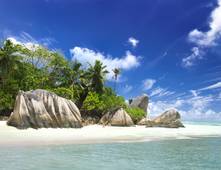 the Seychelles
the Seychelles

